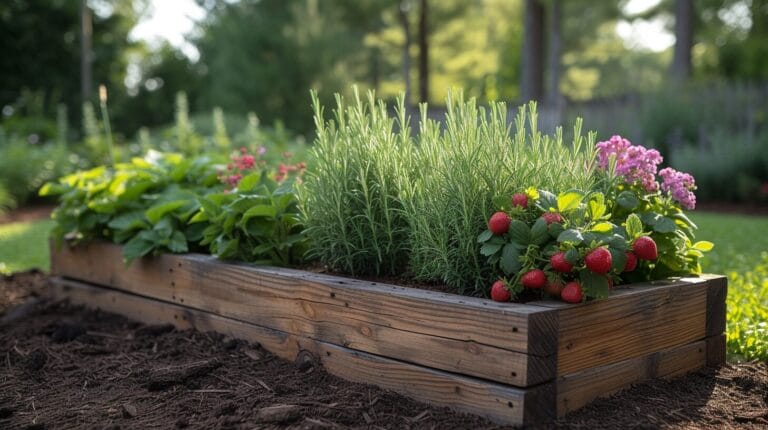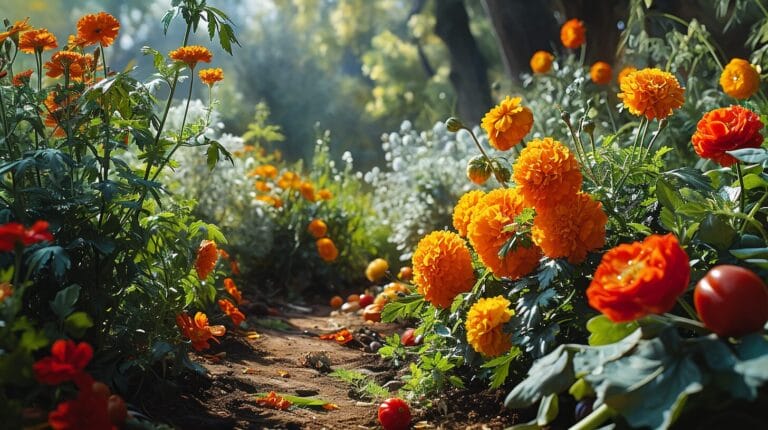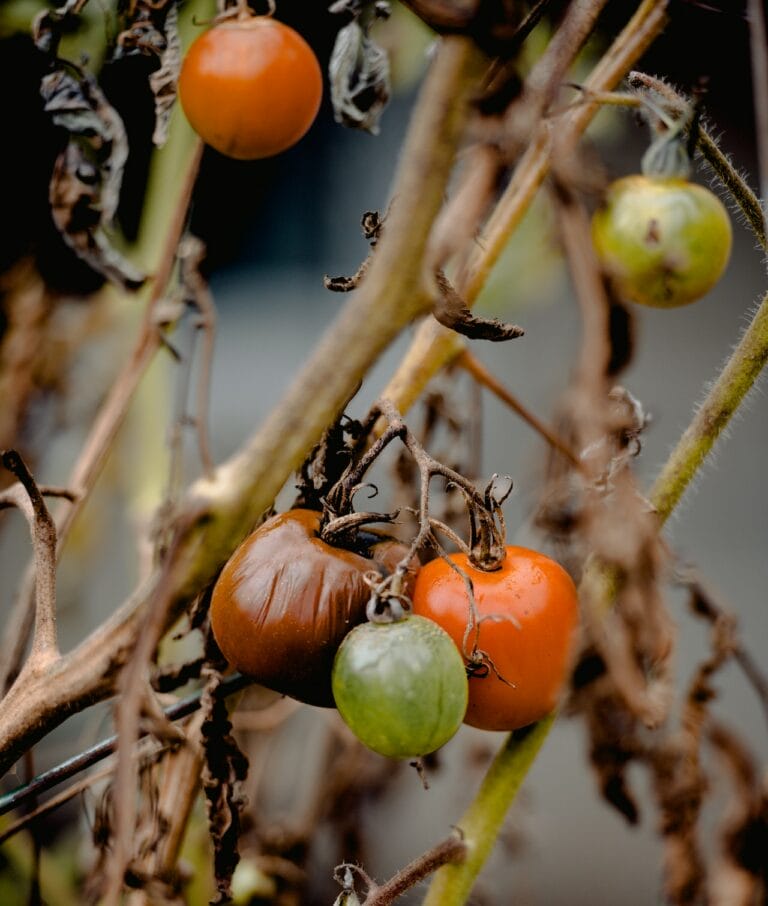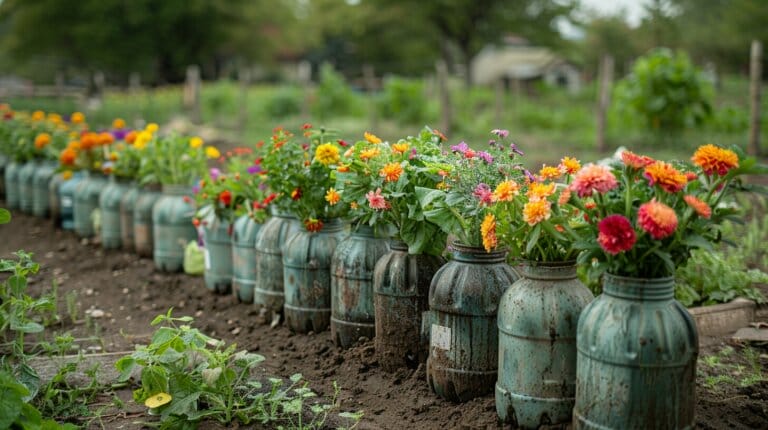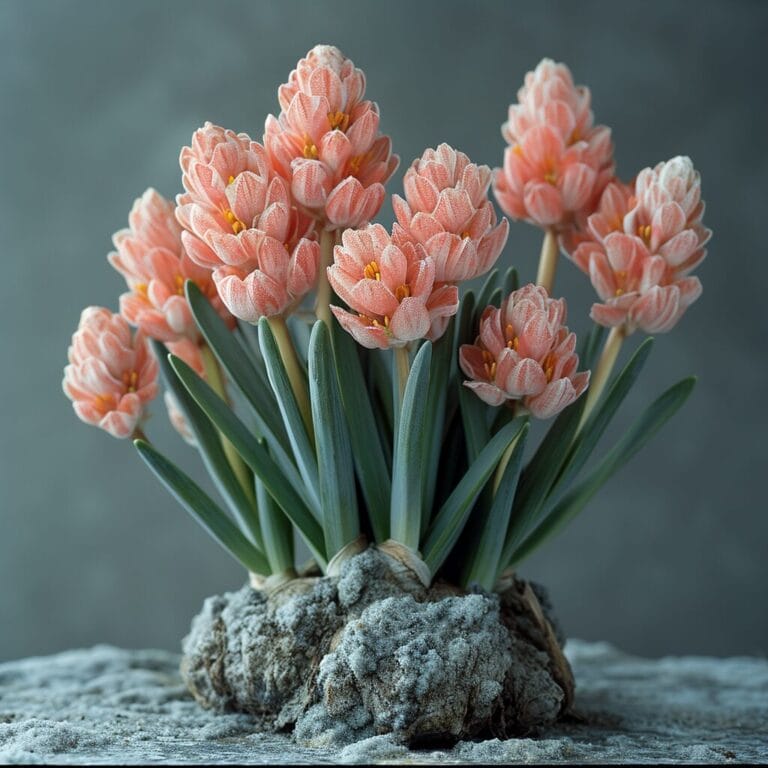Garden Zones Tennessee: Uncover USDA’s Garden Zones in Tennessee Insights in 2024
Just as the brave Greek legend, Odysseus, maneuvered his way through the perilous currents of the Mediterranean, you are also entrusted with the task of finding your way through the various garden zones of Tennessee to achieve your ultimate gardening success.
The USDA’s Hardiness Zone Map is your compass in this venture, offering crucial insights into the climatic challenges specific to each corner of the state. From the cooler Appalachian Mountains to the warmer Mississippi Plain, understanding these zones is vital for informed planting decisions, to optimize the garden zones Tennessee has to offer.
Success blooms where preparation and nature’s laws converge. Let’s explore how your green space can thrive in the heart of Dixie.
Key Takeaways
- USDA Plant Hardiness Zones in Tennessee range from 5b to 8a.
- Different zones have different climate profiles, which are based on the average annual minimum winter temperature.
- Knowing your zone helps in selecting suitable plants for your garden.
- The USDA zone map is a crucial tool for successful gardening in Tennessee.
Understanding USDA Plant Hardiness Zones and Garden Zones in Tennessee
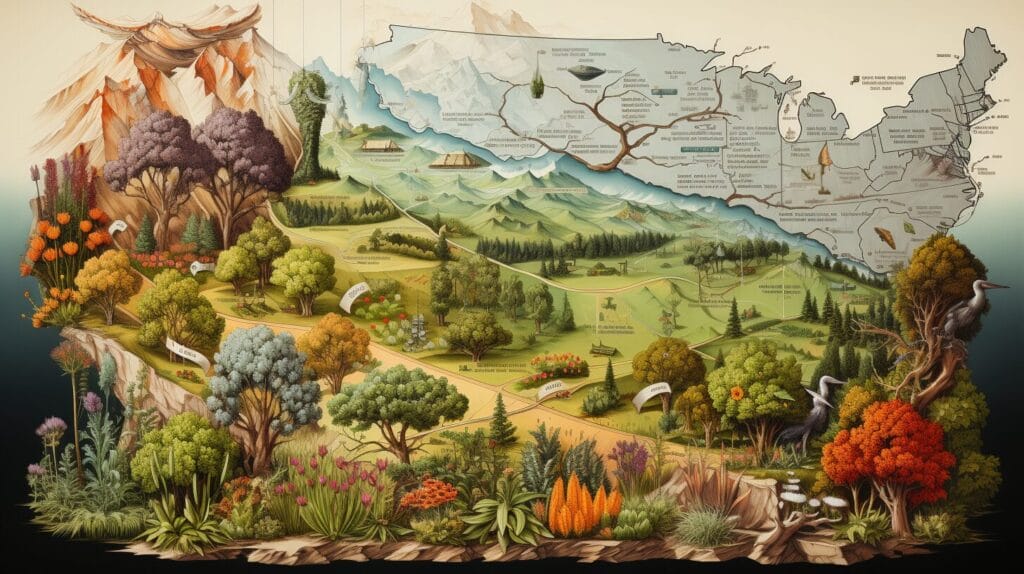
To ensure your garden thrives in Tennessee, grasp the USDA Plant Hardiness Zones, ranging from 5b to 8a. These zones guide the selection of plants that will flourish in your specific region, based on average annual minimum winter temperatures.
The Tennessee USDA zone map is invaluable for garden planning. It divides the state into distinct climate profiles—5b, 6, 7a, 7b, and 8a. Knowing your zone prevents setting your plants up for failure, like planting a tropical shrub in zone 5b, which likely won’t survive the winter.
Refer to the hardiness zone map and Tennessee growing zones when selecting plants. Consider the climate, soil, and plant care needs—the right plant in the right place is the cornerstone of gardening success.
Zone-by-Zone Guide to Gardening in Tennessee Based on USDA Hardiness Zone

Each specific zone in Tennessee has distinct gardening conditions, from the cold-hardy perennials of Zone 5b to the southern favorites of Zone 8a. Here’s how to tailor your plant choices to thrive in your local climate:
- Zone 5b: Hardy perennials like sedum and peonies are ideal, with mulch to protect roots and sheltered locations for sensitive plants.
- Zone 6: A vibrant garden with cool and warm-season vegetables and fruit trees like apples and pears, requiring frost-hardy selections.
- Zones 7a and 7b: Ornamental grasses, flowering shrubs like azaleas, and southern favorites like crepe myrtle can be grown.
- Zone 8a: Ideal for a wide range of plants including magnolias and camellias, with attention to adequate watering during hot summers.
Annual and Perennial Plants Suitable for Different Tennessee Growing Zones
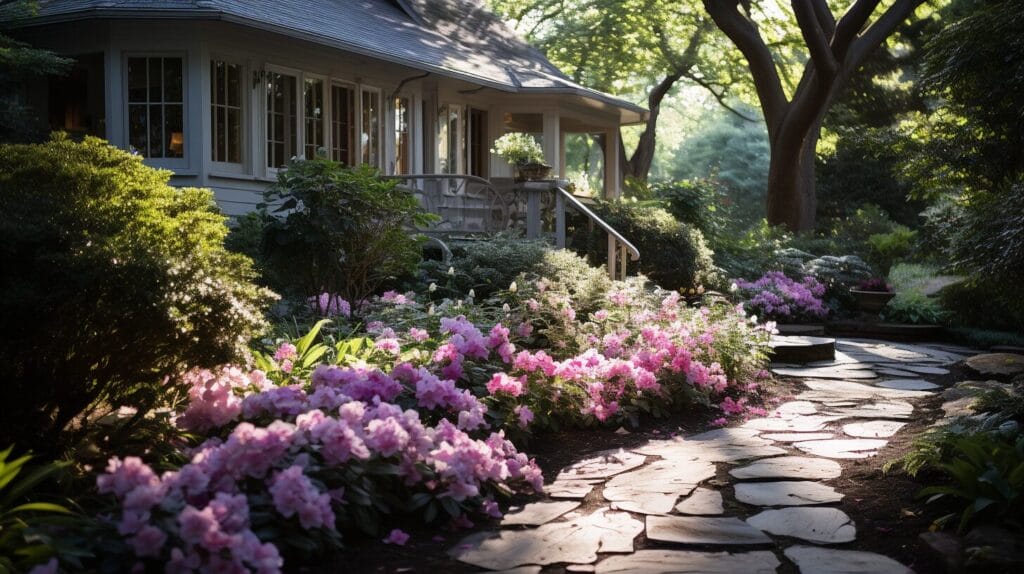
Selecting the right annuals and perennials is crucial for a vibrant Tennessee garden. Consult the USDA hardiness zone map before planting. Here’s a guide to suitable plants for various zones:
| Zone | Annuals | Perennials |
|---|---|---|
| 5b | Pansies | Peonies |
| Snapdragons | Hostas | |
| 6a | Marigolds | Black-eyed Susans |
| Petunias | Daylilies | |
| 6b | Zinnias | Coneflowers |
| Impatiens | Russian Sage | |
| 7a | Begonias | Sedum |
| Sunflowers | Creeping Phlox | |
| 7b | Celosia | Lavender |
| Ageratum | Hellebores | |
| 8a | Vinca | Canna Lilies |
| Lantana | Hardy Hibiscus |
Annuals last one season, while perennials return each year. Incorporate these plants according to their growing conditions and frost dates for your Tennessee zone.
Navigating the Tennessee USDA Zone Map for Better Plant Selection

The Tennessee USDA Zone Map enhances your garden’s potential by guiding you to plants suited for your area’s climate. Use this tool to:
- Identify your specific zone.
- Consider the growing season’s length.
- Select plants adapted to your zone.
- Plan around the last frost date.
By matching your plant choices to local temperatures and seasonal patterns, you set the stage for a flourishing garden.
Are the USDA Garden Zones in Tennessee Similar to the Landscape of Texas?
The USDA Garden Zones in Tennessee differ from the landscape of Texas. While Tennessee experiences a more moderate climate, Texas is known for its diverse topography, including the iconic texas palm trees. Each state offers unique opportunities for landscape exploration, from the rolling hills of Tennessee to the vast deserts of Texas.
Advanced Tips for Gardening across Various Zones including 8a, 7b, 7a, etc.
Adapt your gardening techniques for success across Tennessee’s hardiness zones. Here are strategies for zones 8a, 7b, and 7a:
- Zone 8a: Choose plants for mild winters and hot summers, considering drought tolerance.
- Zone 7b: Look for moderate winter-hardy plants and use mulch for root protection.
- Zone 7a: Select cold-hardier varieties and implement windbreaks or cold frames for protection.
Monitor weather forecasts and protect your plants from unexpected frosts, adapting your garden as hardiness zones shift over time.
Conclusion
With insights into Tennessee’s USDA Hardiness Zones from 5b to 8a, use the zone map to select plants that will prosper. Whether planning annuals or perennials, you’re equipped to garden with confidence. Remember, local knowledge is a green thumb’s best friend. Happy gardening!
Frequently Asked Questions
What is a USDA plant hardiness zone and how does it affect my garden in Tennessee?
A USDA plant hardiness zone, often called a plant zone, is a geographic area defined by the USDA plant hardiness zone map, where certain plants are most likely to thrive. In other words, it reflects the minimum temperature a plant can handle there. This allows gardeners in Tennessee to choose plants they know will survive their local climate conditions.
How does gardening in zone 6 differ from gardening in zone 7 in Tennessee?
Each plant zone sets a different range of temperatures. The selection of plants to grow in zone 6 might differ from zone 7 because the coldest temperatures in the winter can differ by up to 10 degrees Fahrenheit. Understanding these zones helps gardeners and landscapers select plants that can survive and thrive in their respective zones.
How long is the growing season for zone 3 in Tennessee?
Zone 3 is rare in Tennessee and has a relatively short growing season due to low temperatures. Might be encountered at high elevations. The last frost date in the spring and the first frost date in the fall mark the beginning and end of the growing season, respectively. Specific dates can change from year to year.
Do All Garden Zones Tennessee Stretches Extend Across the Whole State?
No, the presence of zones can vary greatly. Zone 1, for instance, is not present in Tennessee at all, while zones like 6a and 7 cover a large part of the state. Zones are outlined on the USDA plant hardiness zone map.
Can I grow the same plants in Zone 4 that I can in Zone 5b in Tennessee?
Not necessarily. Zone 5b has a slightly higher minimum temperature than Zone 4, meaning some plants that thrive in Zone 5b may not survive the harsher winters in Zone 4. Gardeners need to check the USDA planting zone information for each plant.



